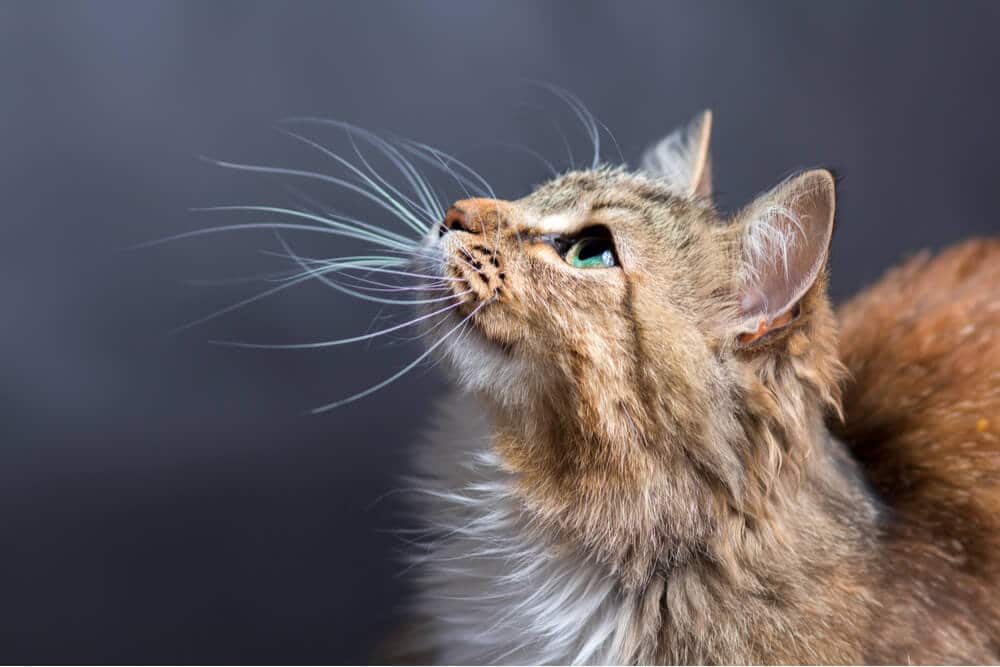
“Whisker fatigue” is a topic that has split the online feline community.
If you ask most veterinary surgeons about whisker fatigue, they will look at you with bemusement: it is not a condition that can be found in standard veterinary textbooks, nor has it been reported at veterinary conferences or in journals.
What Is Whisker Fatigue?
The condition was featured in the New York Times in 2017, causing bemusement in the veterinary profession at the time. Nonetheless, some cat carers, and other people who know a lot about cats believe that whisker fatigue exists, so this is a topic that deserves discussion and explanation.
To summarize the concept: whisker fatigue is claimed to occur when a cat is fed in a small, high-sided cat food bowl that causes the cat’s whiskers to make contact with the sides of the dish when the cat eats. The idea is that the overstimulation of the whiskers may discourage cats from eating from such bowls, and that this may cause some cats to be fussy eaters.
The problem is that there is no proof whatsoever for the existence of this condition: it is a theoretical issue only, and most veterinarians doubt that it even exists. This article aims to discuss the topic in detail, so that at least cat carers know what people are talking about when they mention “whisker fatigue”.
Causes of Whisker Fatigue
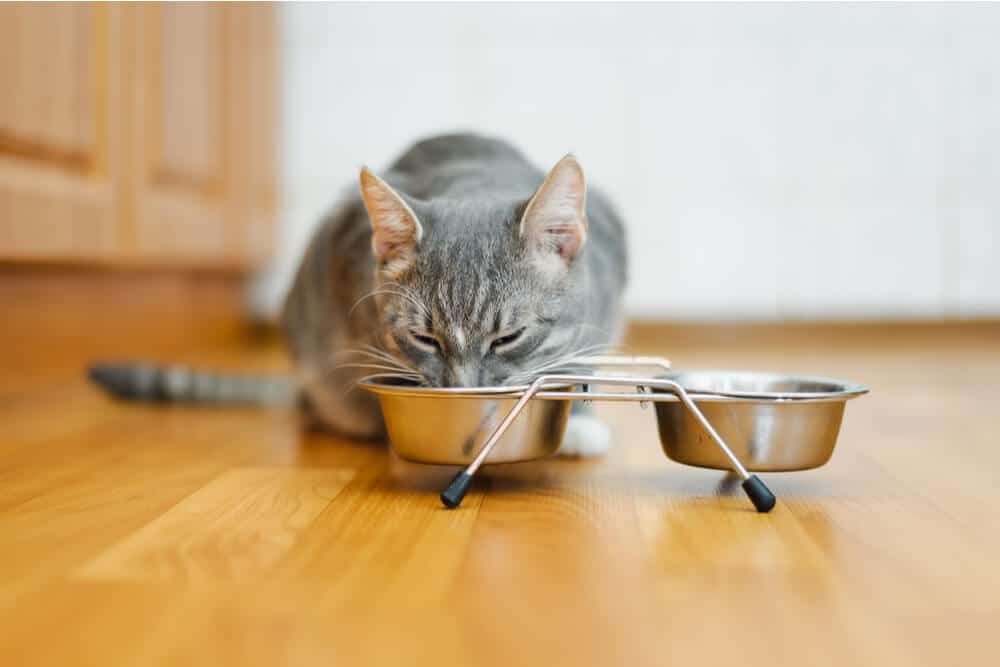
The hypothesis of “whisker fatigue” says that cats may become uncomfortable when eating from bowls that touch their sensitive whiskers.
Whiskers (also known as “vibrissae”) are a specialized type of thick hairs: they are tougher, bristly, long hairs, with dense gatherings of nerve endings at their base, as well as specialized nerve cells which are sensory organs called “proprioception receptors”. These receptors detect the most minor, finest movements of the whiskers, allowing cats to gain information via their nervous system about their surroundings.
Cats use their whiskers to help them navigate and interpret the world around them. At the most basic level, whiskers allow cats to judge the width of openings before cats move through tight spaces. At the subtlest level, whiskers may allow cats to detect air currents that let them know about the presence of prey when hunting.
The theory behind “whisker fatigue” is that if a cat has to eat or drink from a narrow, high-sided deep bowl, the whiskers may be overstimulated by the sides of the bowl, and that this may give cats an unpleasant sensation which deters them from eating. Some refer to this as “whisker stress”. However, the fact that a very high percentage of cats eat and drink from normal cat bowls very happily casts doubt on the validity of this claim. The condition therefore remains an unproven theory rather than veterinary-endorsed reality.
Signs of Whisker Fatigue
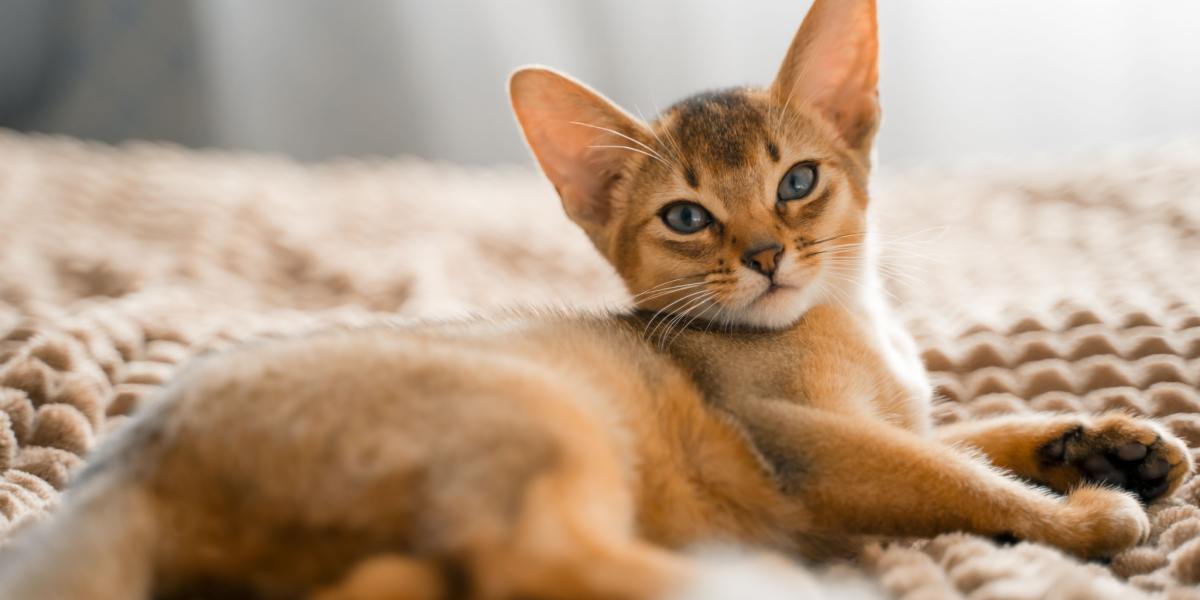
Cats’ whiskers should always be handled only when necessary, treated gently and never cut or trimmed.
Cats thought to be affected by whisker fatigue are usually characterized by fussy eating.
- Picky eating
- Eating meals in multiple small amounts rather than in one sitting
- Fussing around by the food and water bowls
When to See a Vet
Whisker fatigue is not a recognized condition in veterinary medicine. However, if your cat’s appetite changes, they suddenly become fussy around food, paw at their face, or have difficulty eating or swallowing, then it is recommended to seek veterinary advice. Your cat may have a medical issue such as dental disease so it is always sensible to get them checked out.
Treatments for Whisker Fatigue
As whisker fatigue is not a recognized illness, there is no specific diagnosis or treatment.
That said, it is possible that some cats do prefer not to have their whiskers impact with bowl surfaces, and this preference, rather than “whisker fatigue”, may, in theory, mean that some cats do prefer wider, lower-sided bowls.
If you’re concerned that your cat finds their current eating or drinking bowls uncomfortable, and you have taken them for a check-up with a veterinarian, then consider investing in some low, wide bowls. Water fountains can also be helpful to encourage optimal hydration in cats who don’t like drinking from a bowl.
Conclusion
Most veterinarians doubt the existence of a syndrome known as “whisker fatigue”, but it is important that pet owners understand the structure and function of cat whiskers, and that they treat their cats’ whiskers with respect. And, yes, it is possible that some cats have particularly sensitive whiskers.
It makes sense that good cat care includes observing cats’ eating habits carefully, and if they seem to be averse to eating from narrow, high-sided food bowls, perhaps owners should consider offering food in a different type of receptacle such as a “bowl for whisker relief”, and allowing them to drink from a water fountain, even if the theory behind this is highly debatable.
Also Read: Cat Anatomy Guide
Frequently Asked Questions
How do I know if my cat has whisker fatigue?
If your cat suddenly becomes fussy with food, or you see your cat pawing at their face while eating, it's certainly worth searching for a reason. There are many possible causes, including mouth pain (teeth, gums and tongue should be inspected), underlying illness (many diseases cause a reduced appetite) and unappetising food (cats can, simply, be fussy eaters).
If you have checked all these possibilities, then it remains a possibility that your cat may not like having their whiskers stimulated by the edges of the bowl, so it could be worth trying feeding from a different type of feeding dish.
How do you stop whiskers from fatigue?
There is no evidence to suggest that whiskers can become “fatigued”, but if you feel that your cat does not like a narrow, high-sided bowl, then you may wish to try feeding them from a wider, lower sided bowl (so-called "whisker-friendly" food bowls such as Dr Catsby's bowls) that does not allow any contact with their whiskers. You may also wish to allow them to drink from a water fountain rather than the standard type of stainless steel cat bowls.
Can dogs get whisker fatigue?
Dogs do have whiskers, but they are much shorter and less sensitive than cats’ whiskers. So it’s highly unlikely that their whiskers will come into contact with the sides of their feeding dishes.
What happens when you cut off a cat's whiskers?
Whiskers have the same type of structure as hair, so there is no pain reaction if they are cut. However, it is possible that there may be overstimulation of the proprioceptor receptors if they are cut, and this may cause some discomfort. Furthermore, cats need their whiskers for daily activities, helping them to make judgments when running, jumping, hunting, playing, and interacting with other cats. So it is generally thought to be unfair to remove cats’ whiskers.
Is whisker fatigue real?
Whisker fatigue is not a condition that can be found in standard veterinary textbooks, while most veterinarians doubt the existence of a syndrome known as “whisker fatigue”, it is important that cat parents understand the structure and function of cat whiskers, and that they treat their cats’ whiskers with respect.

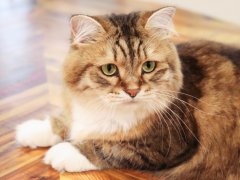
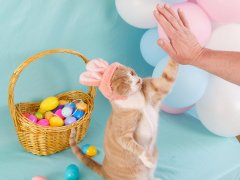
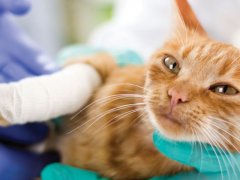
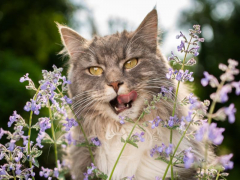
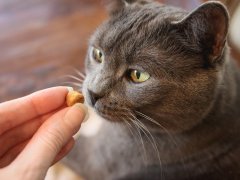
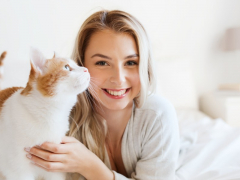
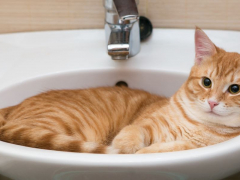
I doubt whisper fatigue exists. Cats in the wild do not have this, so there is no reason to believe indoor cats will also. Most times when cats vomit after eating–they ate too much, too soon. Other reasons are hair balls. Consider cats also eat grass for the sole purpose of vomiting which in theory may be to clear hair balls.
I’ve offered her some pure, nothing added, Almond Milk. She enjoys it, Now I am watching her sand box to see if it affects her before making it a permanent drink. Will let you know.
Almonds are high in oxalate, that’s the source of kidney stones. I don’t think cats’ natural food includes anything high in oxalates. Is there any reason why you are giving something that cats never eat in nature? Maybe you are worried of lactose intolerance? Water would be the best. If your purpose is to hydrate your cat, you can try adding a bit of water to one meal of kibbles or canned food. Maybe slightly flavored with bone broth if your cat has no issues with phosphorus.
Next unusual query to others, /Does your darling cat enjoy almond milk?